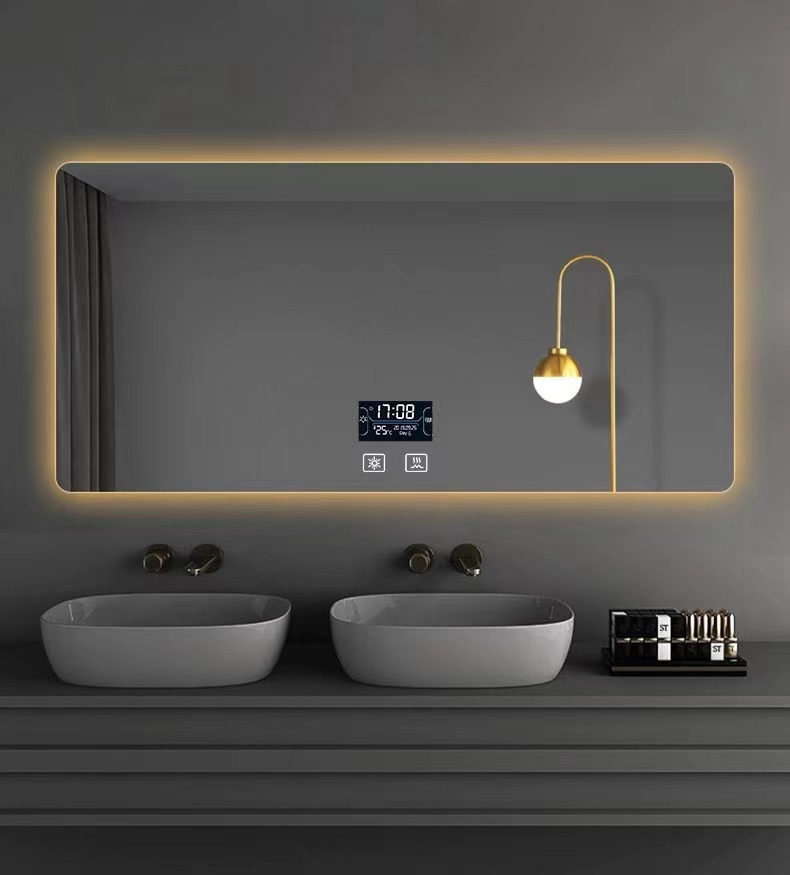

The Importance of Insulating Glass Units in Modern Architecture
In contemporary architecture, the push for energy efficiency and sustainability has led to significant advancements in building materials. One such innovation that has gained prominence is the Insulating Glass Unit (IGU). This article explores what IGUs are, their benefits, and their role in modern build design.
Understanding Insulating Glass Units
Insulating Glass Units are composite structures made of two or more panes of glass separated by a spacer and hermetically sealed to create an air or gas-filled space between them. This configuration effectively reduces thermal transfer between the interior and exterior environments, making IGUs a key component in energy-efficient buildings. Common fill gases used in these units include argon and krypton, which have better thermal performance compared to air.
Benefits of Insulating Glass Units
1. Energy Efficiency One of the most significant advantages of IGUs is their ability to minimize energy consumption for heating and cooling. By reducing heat loss during winter months and limiting heat gain in summer, IGUs contribute to lower energy bills and lessen the environmental impact of buildings. This energy efficiency can lead to substantial cost savings over time.
2. Comfort IGUs enhance indoor comfort by maintaining a consistent temperature in living and working spaces. The reduction in drafts and cold spots creates a more pleasant environment for occupants. This is particularly critical in commercial buildings, where employee comfort can directly affect productivity.
3. Sound Insulation In urban environments where noise pollution is a concern, IGUs offer sound-dampening properties. The air or gas space between the glass panes acts as an effective barrier to sound transmission, making residential and commercial properties more serene and comfortable.
4. UV Protection Many IGUs offer enhanced UV protection, reducing the risk of fading for furniture, flooring, and artwork. By blocking harmful ultraviolet rays, these units help maintain the integrity and appearance of interior spaces.

5. Condensation Prevention The thermal performance of IGUs helps prevent condensation on the interior surfaces of windows. This is especially important in climates with high humidity or during winter months, where condensation might lead to mold and structural damage.
6. Aesthetic Flexibility Insulating Glass Units come in various styles, shapes, and finishes, allowing architects and designers to achieve desired aesthetic looks without compromising functionality. They can be customized to fit different design requirements, ensuring that buildings remain visually appealing while maximizing energy efficiency.
Role in Sustainable Architecture
As the architectural industry increasingly focuses on sustainability, the use of IGUs plays a crucial role. They are a key component of green building practices and are often included in energy modeling and LEED certification processes. By promoting sustainable design, IGUs align with the global trend toward reducing carbon footprints and may make buildings eligible for various governmental incentives.
Considerations for Implementation
While IGUs offer numerous advantages, effective installation and maintenance are essential for optimal performance. Poor installation can lead to air leaks, moisture buildup, and diminished insulation properties. Regular inspections are also necessary to ensure the longevity of the units, as seals may degrade over time.
Conclusion
Insulating Glass Units represent a significant advancement in the field of building materials. Their contributions to energy efficiency, comfort, sound insulation, UV protection, and aesthetic versatility make them indispensable in modern architecture. As the push for sustainable practices continues, IGUs will undoubtedly remain at the forefront of innovative building solutions, playing an essential role in creating energy-efficient, comfortable, and aesthetically pleasing environments. Whether in residential or commercial settings, the adoption of IGUs is a vital step toward a more sustainable future in architecture.